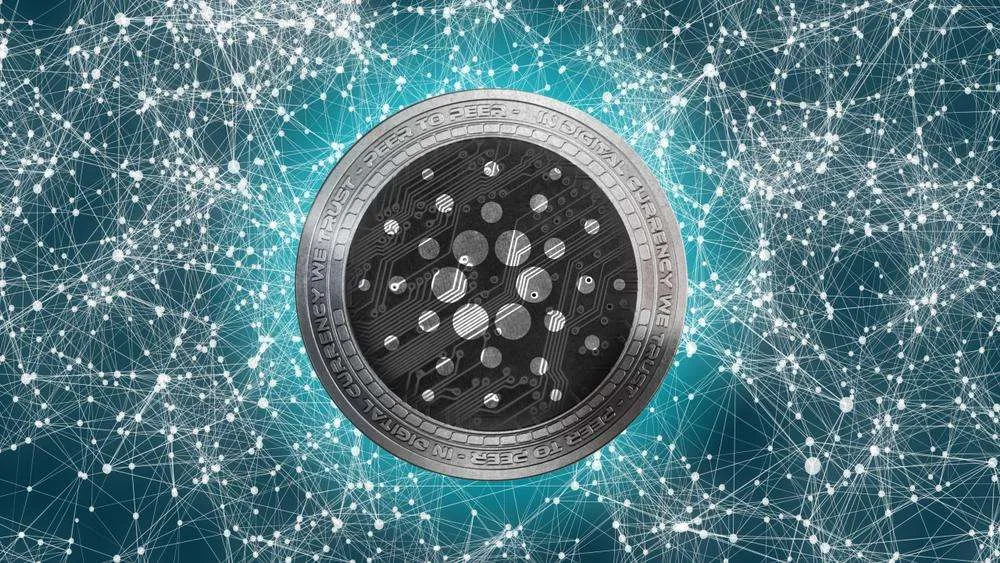- More than 100 staking pools have registered for Cardano’s Shelley testnet.
- Cardano has yet to announce what the incentives will be for participants.
By mid-October of this year, Cardano was releasing its Shelley testnet. According to its website it is part of the route that Cardano has traced for its development. Shelley is one of the 5 eras that form the route and that will be implemented in sequence.
The Shelley testnet is focused on the ADA ecosystem. It is the current stage of the Cardano network and will seek to encourage users to build staking pools. Once you have a number of groups, Cardano will use them to move to network decentralization. The latter will be achieved by the functioning of the Participation Test (PoS) that allows for greater decentralization of a given network.
Towards a completely decentralized Cardano
Although Shelley was launched in October of this year, Cardano still needs to establish clearly what the rewards and incentives will be for users who form staking pools. As explained above, these groups will be used to form the basis that will allow the network to move to full decentralization.
Cardano also has a number of requirements that Shelley test participants must meet. For example, they must commit to maintaining their nodes 365 days a year. In addition, they must be able to run and maintain a Jormungandr node on an ongoing basis and have experience in the area of development and operations (DevOps).
Cardano’s demands can be considered high. However, the entire project will be supported by the participation groups. Cardano hopes that the groups will relate, that there will be interaction. Participation incentives are important because they will prepare pools for introduction to the mainnet. This should take place in 2020.
It is speculated that the incentives will be used when the testnet is completed. The registration of the more than 100 users who will be able to be part of the Shelley test was reported by Twitter user Stake Nutz.
Cardano and the threat of quantum computers for cryptocurrencies
In early November, CNF reported the statements that the creator of Cardano had made about Google’s progress in the field of quantum computers. Unlike other voices from the crypto community, Charles Hoskinson was optimistic about the development of these computers.
He felt that their technology would bring more benefits than obstacles to the progress of humanity. At the same time he stated that there is still a long way to go before they represent a threat to the ecosystem of cryptocurrencies, such as Bitcoin or Ethereum.
Cardano’s price, at the time of publication, is $0.044 USD with a slight upward movement of 1.52% in the last 24 hours. The Shelley phase is still in its infancy, but if it turns out according to plan, it could bring great profits for Cardano holders and for the development of the network.






